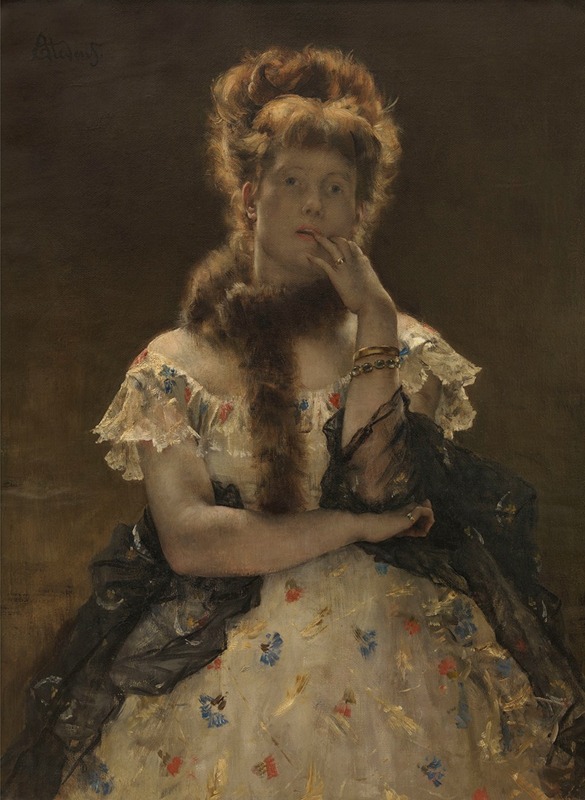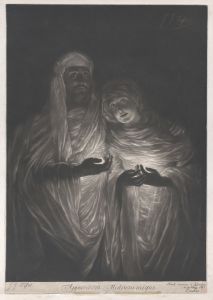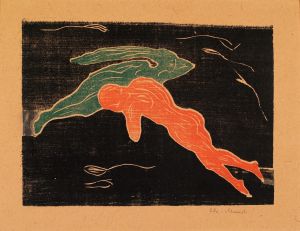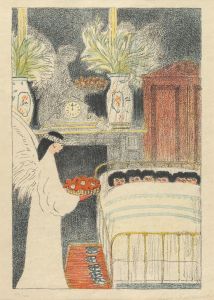
The Parisian Sphinx
A hand-painted replica of Alfred Stevens’s masterpiece The Parisian Sphinx, meticulously crafted by professional artists to capture the true essence of the original. Each piece is created with museum-quality canvas and rare mineral pigments, carefully painted by experienced artists with delicate brushstrokes and rich, layered colors to perfectly recreate the texture of the original artwork. Unlike machine-printed reproductions, this hand-painted version brings the painting to life, infused with the artist’s emotions and skill in every stroke. Whether for personal collection or home decoration, it instantly elevates the artistic atmosphere of any space.
Alfred Stevens' The Parisian Sphinx is a notable painting by the Belgian artist Alfred Stevens (1823–1906), who is renowned for his depictions of elegant women and scenes of 19th-century bourgeois life. Painted in 1875, this artwork exemplifies Stevens' mastery of portraiture and his ability to capture the sophistication and enigmatic allure of his subjects.
The painting portrays a fashionable woman seated in an opulent interior, dressed in a luxurious gown that reflects the high fashion of the time. Her pose and expression exude a sense of mystery and self-assurance, which aligns with the title's reference to a "sphinx"—a mythical creature often associated with enigma and intrigue. The term "Parisian" in the title underscores the cultural and social milieu of Paris during the late 19th century, a city that was at the heart of European art, fashion, and intellectual life.
Stevens was deeply influenced by the cultural vibrancy of Paris, where he spent much of his career. His works often explored themes of modernity, femininity, and the complexities of social identity. The Parisian Sphinx is a prime example of his ability to blend realism with a subtle sense of symbolism, inviting viewers to ponder the inner life and societal role of the subject.
The painting is also notable for its meticulous attention to detail, particularly in the textures of the fabrics, the play of light on the subject's skin, and the richly decorated surroundings. These elements reflect Stevens' training and his admiration for both the Dutch Old Masters and contemporary French painters. His work bridges the gap between traditional academic painting and the emerging modernist sensibilities of the late 19th century.
Today, The Parisian Sphinx is recognized as one of Stevens' significant contributions to 19th-century art. It is housed in the Musée d'Orsay in Paris, a museum renowned for its collection of Impressionist and post-Impressionist masterpieces. The painting continues to be celebrated for its technical excellence and its evocative portrayal of a Parisian woman, encapsulating the elegance and complexity of the era in which it was created.


















